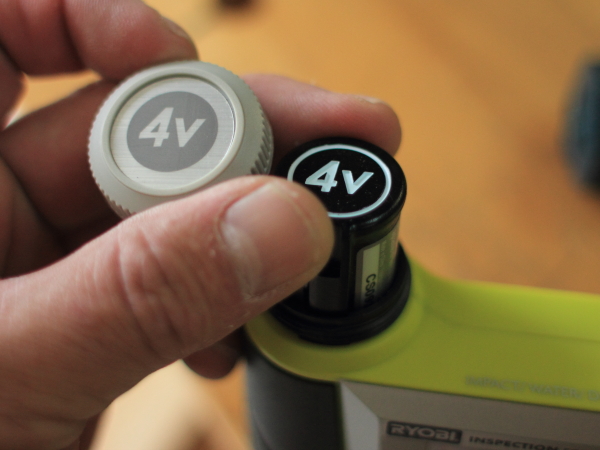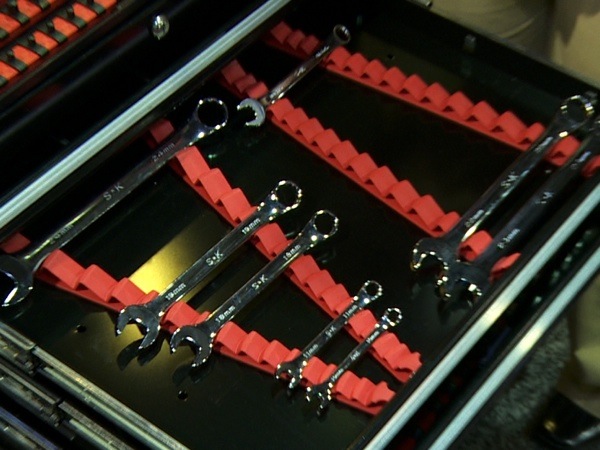A sledgehammer is a powerful and versatile tool designed for heavy-duty tasks such as demolition, driving stakes, and breaking hard materials like concrete and stones. Unlike regular hammers, sledgehammers come with a longer handle and a larger, heavier head, allowing them to deliver forceful blows. This tool is essential in construction, landscaping, and various other fields where brute force is required. In addition, the sledgehammer plays a crucial role in various geotechnical applications, such as compacting materials and working with geocells in soil stabilization projects.
What are the different types of sledgehammers available in the market?
There are several types of sledgehammers, each designed for specific applications:
- Short-Handled Sledgehammers: Typically 10-16 inches in length, these are ideal for tasks requiring precise control, such as breaking up small rocks or stones.
- Long-Handled Sledgehammers: Ranging from 36 inches and longer, these are used for heavy-duty tasks like demolishing walls, breaking concrete, or driving stakes into the ground.
- Dead Blow Sledgehammers: These hammers have a hollow head filled with sand or lead shot, reducing rebound and allowing for more controlled, impact-heavy blows.
- Fiberglass and Steel Handle Sledgehammers: Designed for durability and impact resistance, these handles minimize vibration and provide better grip and control during use.

How do you safely use a sledgehammer for demolition work?
Safety is paramount when using a sledgehammer due to the tool’s size, weight, and the force required. Here are some safety tips to consider:
- Wear Proper Safety Gear: Always use safety glasses, gloves, and steel-toed boots to protect against flying debris and potential injuries.
- Ensure a Stable Stance: Stand with your feet shoulder-width apart, and maintain a firm grip on the handle. This stance will provide balance and prevent you from losing control of the sledgehammer.
- Use Controlled Swings: Start with short, controlled swings to maintain balance and reduce the risk of injury. As you gain confidence, gradually increase the force and length of your swings.
- Inspect the Area for Hazards: Ensure there are no people, pets, or objects nearby that could be damaged or injured by flying debris or accidental swings.
How is a sledgehammer used in construction and landscaping?
In construction and landscaping, sledgehammers are invaluable for tasks that require significant force. Some of the common uses include:
- Demolition Work: Breaking down walls, removing old concrete, and tearing down structures where precision demolition is not required.
- Driving Stakes: For tasks like installing fencing, garden borders, or signposts, sledgehammers are used to drive stakes and posts deep into the ground.
- Compacting Materials: When working with loose materials like gravel or soil, a sledgehammer can help compact and level the surface, making it more stable.
- Using with Geocells: In landscaping and construction, geocells are used for soil stabilization. A sledgehammer can compact and secure the geocells properly into the ground, ensuring they hold their form and provide the required reinforcement.
What are the benefits of using a sledgehammer over other tools?
Using a sledgehammer has several advantages:
- Greater Force and Impact: The long handle and heavy head allow for more powerful blows, making it more effective for heavy-duty tasks compared to regular hammers or mallets.
- Versatility: Suitable for a wide range of applications—from construction and demolition to landscaping and DIY projects.
- Durability: Modern sledgehammers, especially those with fiberglass or steel handles, are built to last and withstand the rigors of demanding tasks.
- Cost-Effective: For many tasks, a sledgehammer can replace more expensive power tools, offering a budget-friendly solution without compromising on effectiveness.
A sledgehammer is a versatile and essential tool in any toolkit, especially for tasks that require significant force and impact. Whether it’s breaking down a wall, driving stakes, or compacting materials for geocell installation, a sledgehammer proves to be an indispensable asset. Proper use, safety measures, and selecting the right type of sledgehammer for the job are crucial to maximizing its benefits. Understanding these aspects will help you make the most out of this powerful tool.
